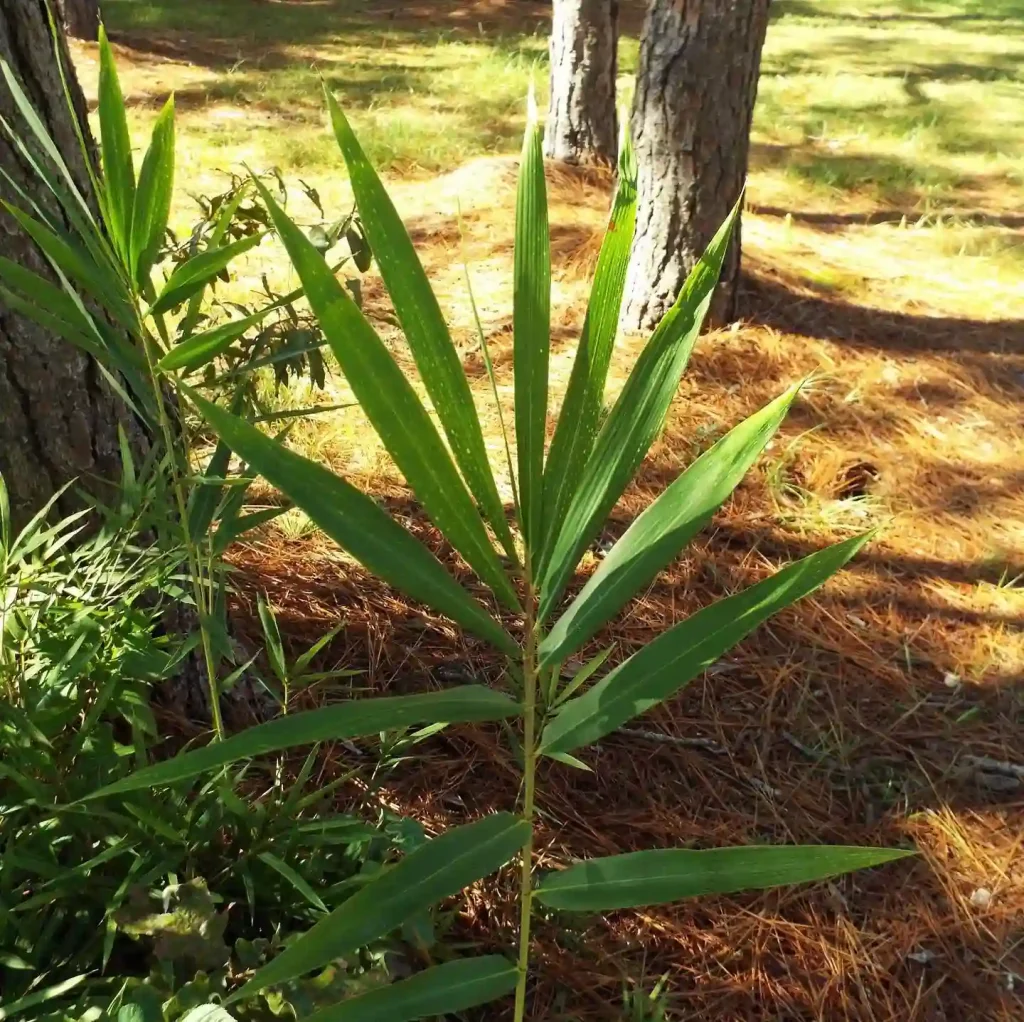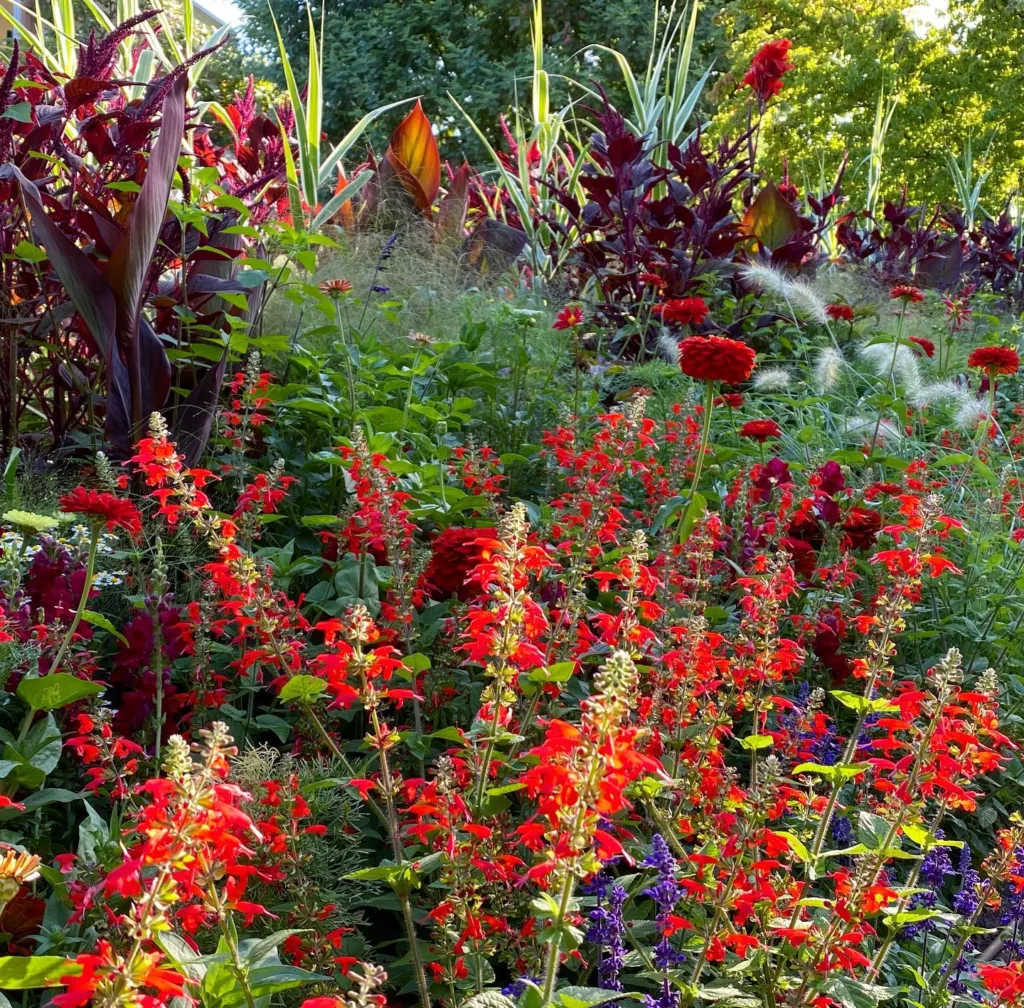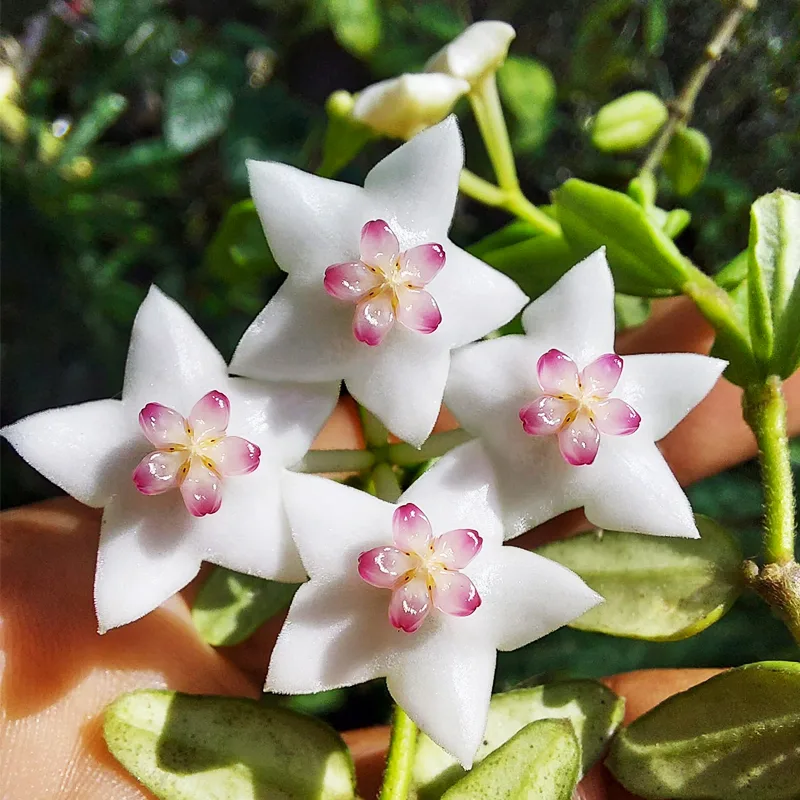Exploring the Genus Sherardia and Sherardia arvensis: My Experience and Insights
My journey into discovering the world of plants has introduced me to various captivating species, some quite common and others lesser-known yet equally fascinating. One such lesser-known genus is Sherardia, specifically Sherardia arvensis, commonly known as Field Madder. This small yet resilient plant has intrigued me with its unique characteristics, adaptive qualities, and rich historical uses. Here, I’ll delve into the features and significance of Sherardia arvensis, sharing my personal insights and experiences.
Understanding the Genus Sherardia
The Sherardia genus falls within the Rubiaceae family, the same family that includes coffee plants and gardenias. But unlike its popular relatives, Sherardia is much more subtle, often going unnoticed due to its small size and delicate appearance. With only one known species, Sherardia arvensis, this genus is intriguing in its singularity.
While many plants within the Rubiaceae family boast showy flowers or significant uses, Sherardia presents a more understated charm. In exploring this plant, I found myself appreciating how its subtle, soft blue to lavender-colored flowers create a quiet, delicate beauty that sets it apart in both look and structure.
The Unique Characteristics of Sherardia arvensis
When I first encountered Sherardia arvensis, I was struck by its small, star-shaped flowers that bloom in clusters at the tip of its slender stems. The plant itself isn’t large—usually only a few inches tall—but its compact, creeping habit allows it to form a low-lying mat, making it ideal for ground cover in some garden settings. Its small size belies its resilience, as it has adapted to thrive in various climates and soil types.
The leaves of Sherardia arvensis are arranged in whorls along its stems, a trait that allows it to maximize light capture while maintaining a compact form. This arrangement gives the plant a soft, almost feathery appearance when viewed from above. Observing its growth, I noticed that it tends to prefer sunny, open spaces, often spreading across fields, roadside verges, and waste areas.
My Observations on Adaptability and Growth
One of the things that continually fascinates me about Sherardia arvensis is its adaptability. This plant is native to Europe, North Africa, and parts of Asia, yet it has managed to naturalize in other parts of the world, including North America. I’ve seen it flourish in both urban and rural areas, showing how well it can thrive in disturbed soils and poor nutrient conditions.
This hardy nature means that Sherardia arvensis is often considered a weed in agricultural areas, as it competes with crops for resources. Despite this, I find that it adds a touch of wild beauty wherever it grows, showcasing its resilience and ability to adapt to various environments. Observing its spread, it’s clear that this plant has a tenacious spirit, one that can sometimes make it a challenge for farmers but a delight for plant enthusiasts like myself.
Historical and Medicinal Uses of Sherardia arvensis
The medicinal uses of Sherardia arvensis were particularly intriguing to me. Historically, this plant has been used in folk medicine for its purported diuretic and anti-inflammatory properties. While these uses are not widely validated by modern science, they highlight the plant’s importance in traditional healing practices, where it was commonly applied as an herbal remedy.
In my research, I discovered that Sherardia arvensis was once used to treat minor wounds and skin issues, often by making a poultice from its leaves. The plant’s past role in herbal medicine provides a glimpse into how people once viewed it—not as an invasive weed but as a potential aid in everyday health and wellness. While I wouldn’t recommend relying on Sherardia arvensis as a primary treatment today, its historical context adds depth to my appreciation of this small, resilient plant.
Ecological Impact and Benefits
Beyond its traditional uses, Sherardia arvensis also plays a role in supporting local ecosystems. Its flowers, while small, provide nectar for pollinators such as bees and butterflies. Watching a bee pause on a cluster of Field Madder flowers, I realized that even the smallest plants contribute significantly to local biodiversity. In areas where native flora has been reduced or disturbed, Sherardia arvensis can offer a reliable source of nectar for insects, promoting a more resilient ecosystem overall.
The plant’s ability to thrive in various soil conditions also means it can help stabilize disturbed land. In places where other vegetation may struggle, Sherardia arvensis establishes quickly, forming a protective ground cover that reduces erosion and encourages soil retention. While it may not be the primary choice for soil restoration, its presence is undoubtedly beneficial in settings where soil health is critical.
Cultivating Sherardia arvensis in My Own Space
Though it’s often viewed as a wildflower or even a weed, I decided to try growing Sherardia arvensis in a small patch of my garden. I wanted to see firsthand how it would adapt to a more controlled environment. I found that it’s surprisingly easy to cultivate, requiring minimal care once established. As long as it receives sufficient sunlight and well-drained soil, Sherardia arvensis thrives without much intervention. I was also pleased to see that its creeping habit creates a gentle, natural look that blends seamlessly with other ground cover plants.
Final Thoughts on Sherardia arvensis
While Sherardia arvensis may not be the showiest plant, its unique qualities make it a fascinating species within the Rubiaceae family. This small plant, with its understated flowers and adaptable nature, has given me a deeper appreciation for the overlooked members of the plant world. Whether growing wild or cultivated intentionally, Sherardia arvensis adds a subtle charm to any space, offering both beauty and ecological benefits.
In my exploration of Sherardia, I’ve come to value its resilience and quiet elegance. The next time you’re out for a walk in an open field or along a roadside, keep an eye out—you might just spot this humble yet remarkable plant thriving quietly among the grass and soil, a testament to nature’s adaptability and grace.
If i die, water my plants!



